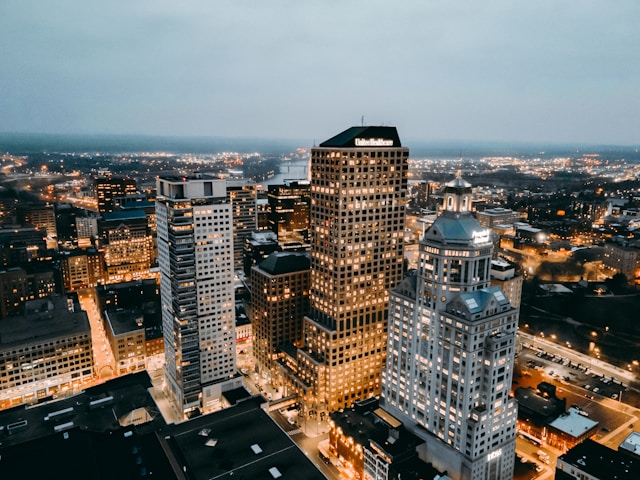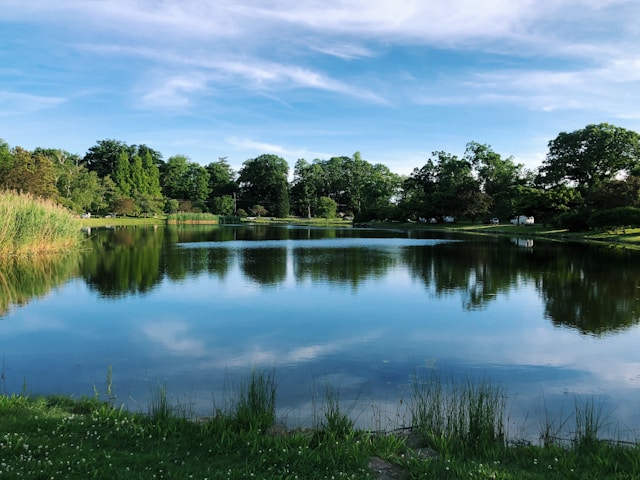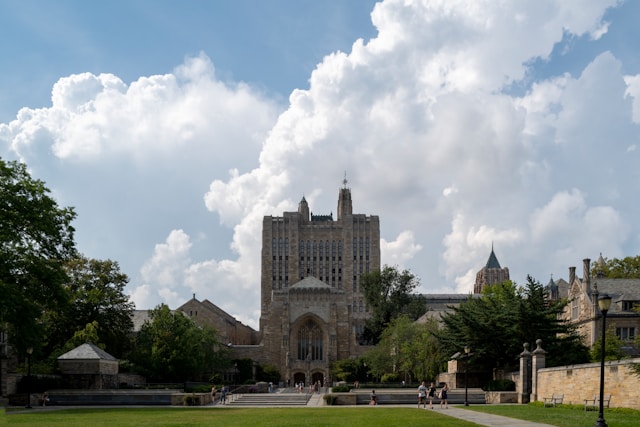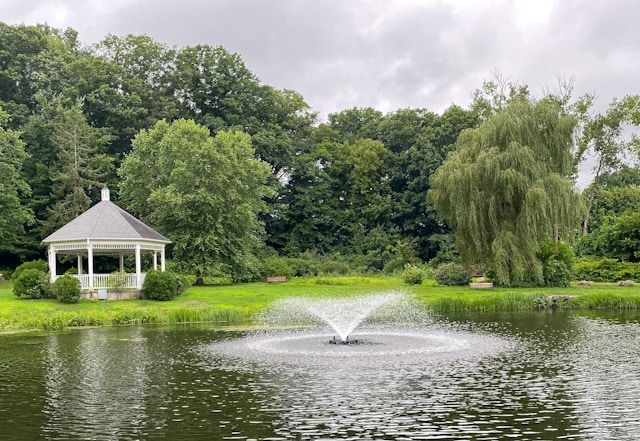# Hartford’s Historic Spring Grove Cemetery Receives $50,000 for Restoration
Hartford’s historic Spring Grove Cemetery has stood since 1845, carrying deep cultural importance. Now, after years of neglect, the city approved $50,000 to restore the site.
Explore top-rated stays with no booking fees and instant confirmation. Your dream trip starts here!
Start Exploring Now
This cemetery is the final resting place for figures like Hartford’s first Black mayor, Thirman Milner. Over time, its condition worsened, pushing local residents to speak up and demand action.
Community Concerns Spark Action for Cemetery Restoration
People from Hartford, West Hartford, and Wethersfield have voiced concerns for months about the cemetery’s decline. Visitors have shared photos of overgrown grass blocking pathways and headstones knocked over, giving the place a neglected feel.
Documented Issues Requiring Immediate Attention
The main problems at Spring Grove Cemetery include:
Other historic cemeteries in Glastonbury and Simsbury have similar problems. Still, Spring Grove’s size and history make its situation feel especially urgent.
Implementation Plan and Timeline for Restoration
Hartford’s Department of Public Works will manage the $50,000, putting together a plan that covers both immediate cleanup and ongoing care. City officials have started inspecting the property and are figuring out which areas need help first.
Projected Restoration Schedule
Rep. Maryam Khan (D-Windsor) sounded hopeful about the timeline, saying, “once the funding is secured, major restoration work should be completed within a few months.” The city seems to understand how much the cemetery means to Hartford.
The restoration won’t stop at landscaping. There’s talk of using sustainable maintenance practices, maybe even setting an example for other historic cemeteries in Manchester and Bristol that are facing similar troubles.
Historical Significance of Spring Grove Cemetery
Spring Grove Cemetery, founded in 1845, plays a unique role in Connecticut’s history. It’s listed on the National Register of Historic Places, which shows how much it matters to the region’s story.
Notable Interments and Historical Context
One of the cemetery’s most notable burials is Thirman Milner, Hartford’s first Black mayor. His grave, along with those of other important Connecticut figures, draws visitors from Waterbury, New Haven, and beyond.
Historians at the University of Connecticut have shown how Spring Grove Cemetery reflects changing burial customs and cultural attitudes over nearly two centuries. It’s a place where Connecticut’s evolving story is written in stone—sometimes literally.
Community Impact and Future Preservation
The restoration of Spring Grove Cemetery means a lot more than just fixing up an old site. For many people in Hartford, it’s a chance to reconnect with the city’s heritage and show respect for these memorial spaces.
Community leaders hope this project sparks similar efforts around Connecticut. Places like Bridgeport and Stamford have old cemeteries facing the same kind of issues.
Maybe Spring Grove’s restoration will give towns a useful model. It’s tough to juggle tight budgets and the need to care for historic places, but folks seem willing to try.
Hartford officials plan to kick things off in the next few weeks. They’re inviting neighbors to join volunteer cleanup days, which could help everyone feel more invested in this piece of Connecticut’s story.
Here is the source article for this story: Historic cemetery in Hartford gets funding for cleanup
Find available hotels and vacation homes instantly. No fees, best rates guaranteed!
Check Availability Now








